
We may earn revenue from product links on this page and participate in affiliate programs. Learn More ›

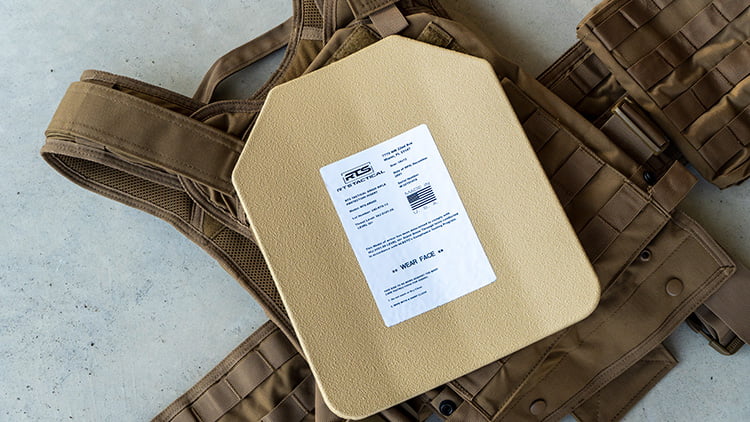
We may earn revenue from product links on this page and participate in affiliate programs. Learn More ›
This is our comprehensive guide to the Best Body Armor. This article will explore the top-rated options available on the market.
From bulletproof vests to plate carriers, we will provide detailed insights to help you make an informed decision regarding protecting yourself or others in high-risk situations.
Like many others my age, I’ve worn body armor almost my entire adult life. Because many have been a military service member or law enforcement, body armor is quite normal for many in their 30s.
But no matter your experience or comfort level, body armor can be for you and is excellent to have in a pinch.
Body armor is a protective armor designed to deflect or absorb physical attacks, namely bullets and ended weapons.
According to the National Institute of Justice (NIJ), it’s often associated with a ballistic vest, providing crucial ballistic protection to the vital organs in the torso area.
Typically, body armor is worn to stop bullets, but some are also effective at preventing bladed attacks.
Owning body armor is important for anyone in risky fields such as law enforcement, security, or the military.
Protection comes first in these jobs. A bulletproof vest or tactical vest can be a lifesaver in situations involving gunfire, knives, or traps.
But it’s not just them – anyone can use a layer of extra protection in today’s sometimes unpredictable world. Be proactive – it’s better to have armor and not need it than need it and not have it!
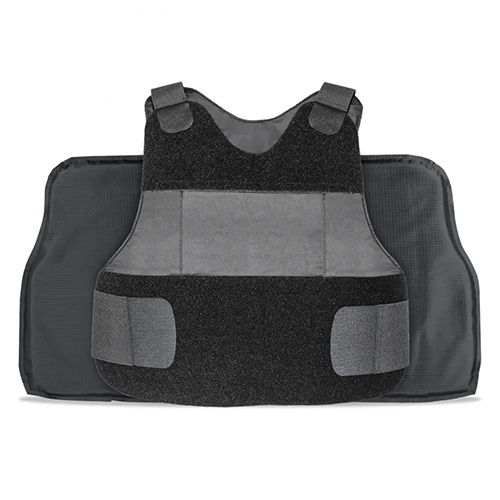
The Freedom Concealable Multi-Threat Vest stands out, offering superior protection and comfort.
Rated for various threats, it holds strong against multiple rounds from handguns. The coverage on your torso and sides matches military-grade armor, while its compact design makes it super concealable – a great attribute for private security or journalists.
This vest also boasts strike and slash resistance without adding excess width to your frame. But keep in mind this very is soft armor, continue reading to learn more about the differences in soft armor and hard armor.
This vest is Made in the USA and is NIJ certified, so you can buy it confidently.
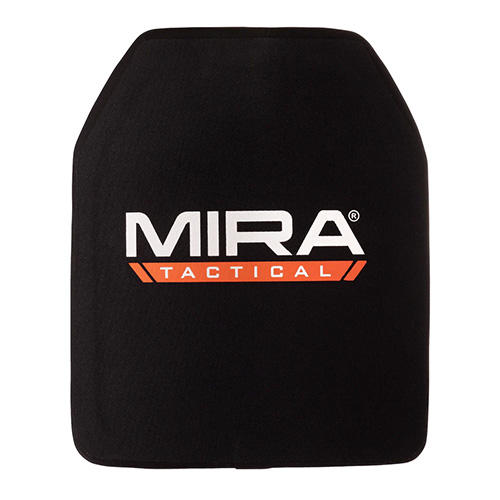
Finally, the Mira Safety Tactical Level IV Armor Plate.
We recommend this for anyone needing high-level ballistic protection that’s not too hefty. It serves in all situations, from a carrier vest to your travel backpack. Something you can trust when things go south!
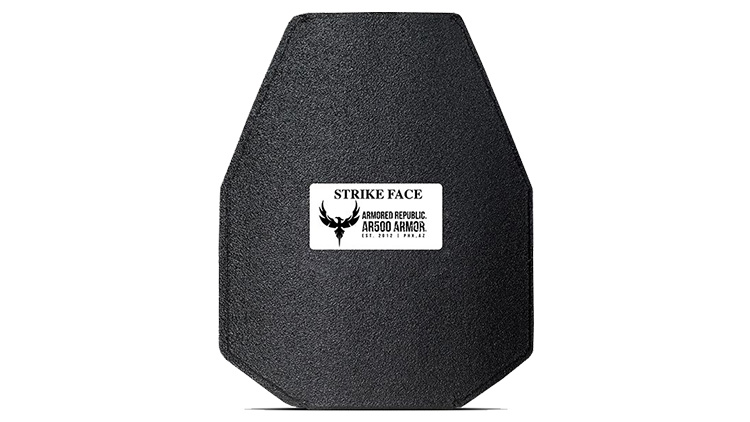
Next up is the AR500 Armor Level 3A.
It comes highly recommended for individuals needing concealing, everyday wearable armor. This armor tops the list when tailor-made for safety plus comfort is required!
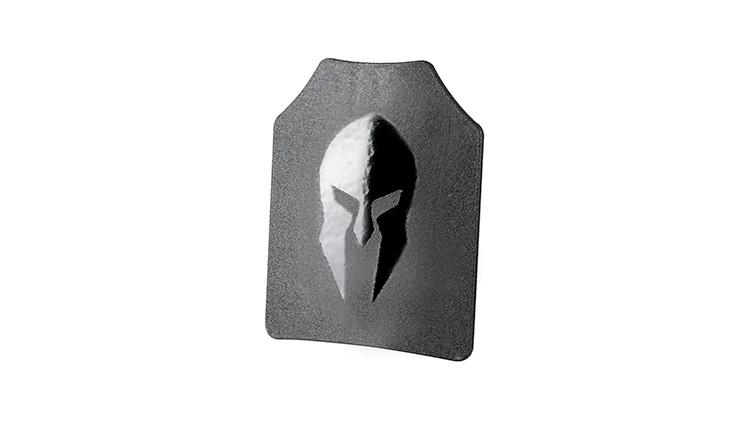
The Spartan Armor Systems Omega Level III is a top-of-the-line body armor option.
Its strike and slash resistance provides excellent protection without sacrificing mobility.
Made in the USA and NIJ certified, this vest is a reliable choice for those seeking reliable ballistic protection.
You can get just the plates or buy them as a package with the plate carrier.

The RTS Body Armor is another exceptional choice for reliable and comfortable body armor.
Offering a high level of protection, this armor ensures safety without compromising mobility.
Manufactured with precision and meet NIJ standards, it guarantees peace of mind regarding ballistic defense. Whether purchasing the plates individually or as part of a package with the plate carrier, the RTS Body Armor is a top contender in the market.
Choosing the best body armor is crucial when it comes to personal safety. Here are some of the top things to look for before making a purchase.
Understanding the NIJ rating system and threat levels is key when choosing body armor.
NIJ’s standards for body armor products are presented in terms of “threat or protection” levels.
These levels, numbered IIA, II, IIIA, III, and IV, indicate the degree of protection provided against firearm threats.
Levels IIA through IIIA typically denote soft armor designed for handgun protection, while levels III and IV denote hard armor intended for rifle threats.
Determining your personal needs and potential threats is essential to choose the correct armor level.
The choice of body armor material greatly influences its durability, comfort, and protection capability. Some common types include:
Each material brings its unique set of pros and cons, but the right choice aligns with individual needs and threat assessment.
Remember, the armor’s job is to save your life – quality over cost always!
Proper fit is essential in body armor. Too loose or too tight may affect movement and comfort.
Importantly, incorrect size may compromise protection.
Manufacturers often offer sizes from small to extra-large, but be sure to check their sizing guide before purchasing.
Plate size is more critical for plate carriers, as it provides the actual protection.
A broad rule of thumb is that body armor should span from the top of your torso to a few inches above your waistline, providing ample protection regardless of your pose.
As in all things, fit for comfort, fit for life!
Taking care of your body armor ensures it lasts longer and provides consistent protection.
Certain materials, like ceramic and some soft armor fabrics, demand extra attention. Moisture and extreme heat can disrupt the armor’s protective abilities, so avoid these conditions.
Store your armor properly when not in use. This means laying it flat or hanging it in a room where it’s free from direct sunlight, dirt, and moisture.
Never let it bunch up or roll, or put objects on top of it. When cleaning your carrier, always remove ballistic panels before throwing it into a washing machine.
Air dry is best. A spare armor comes in handy when your primary one is being cleaned. Always stay protected!
Pondering body armor? You’ll encounter soft and hard types.
Look, there are two basic kinds of body armor: soft armor and hard armor. Your choice must align with the expected threat, desired comfort, job requirement, and overall priorities. Choose wisely!
For body armor types, each method has its perks and downsides.
Balance these when selecting your armor. It’s about survival, after all. Always prioritize according to the threat level and requirements. You may also want to consider ballistic helmets.
The longevity of your body armor is highly contingent on how you store and care for it.
Attention to these assures armor functionality and durability. Carrying a spare carrier won’t hurt. Switch to the clean one while washing the soiled. This ensures you never go unprotected. The mantra’s pretty straightforward here – care well, and the armor’s there for you.
Worried about the armor’s lifespan? They involve wear-and-tear factors, but you can extend them.
Remember, your armor protects you. In return, you need to treat it correctly. So, choose well and care better. If not used daily, armor lasts far beyond the ‘expiration’ date. Stay safe by staying vigilant to upkeep.
Encumbered by choices? I hear you. It’s about choosing a life-saving tool. The final decision falls on several variables.
Start from your mission requirements, your day-to-day needs, and the coexistence of comfort and protection. It’s not an easy decision. But with the information you have now, I have confidence you’ll make a wise one! Your security and comfort tops the priority list. Make sure it is so—every single time.
Body armor doesn’t just protect; it bolsters confidence too. Knowing you’re better equipped to handle danger bolsters self-assurance.
But remember: bulletproof armor doesn’t exist. Even with your armor, exercise extreme caution and vigilance. It doesn’t make you invincible, merely safer. Always remember that!
Body armor can provide an unparalleled level of protection. It keeps you safer and makes you confident. But, your safety shouldn’t be solely reliant on it. Stay aware, stay safe, and believe in your armor! It’s all about balance.
Reputable companies offer body armor online. If residing in Connecticut, you must buy it in person from a local dealer.
Yes, unless you’re a convicted felon. However, wearing body armor out in public may attract attention, and some businesses may deny you entry.
Virtually anyone who anticipates the need to defend themselves. This includes law enforcement, security personnel, journalists, hunters, and civilians.
Depending on the type and care, body armor typically lasts 5-7 years. Always check the manufacturer’s recommendations.
Body armor works by absorbing the impact from bullets or blasts, preventing them from penetrating your body.
Yes, in all fifty states across the U.S., body armor is legal for law-abiding citizens.
Federal law prohibits sale of body armor to convicted felons.
Yes, Connecticut requires face-to-face purchases of body armor, prohibiting direct shipment to civilians.
No. No federal law dictates that certain levels of armor are prohibited for law-abiding citizens.
The weight of Level IV body armor varies – depending on the materials and design. But typically, modern plates range from around 4.5 lbs to hefty 8 pounds apiece. It’s the most protection you can get, yet it’s quite bulky. Understand that lighter equals pricey.
So, choose based on comfort, protection, and budget. Heavier isn’t better. If your armor’s too weighty to wear, it’s useless. Make the trade-off that works best for you!
Absolutely, civilians can wear body armor. It’s legal in all 50 US states! In fact, we heartily recommend it for some. The exceptions? Convicted felons can’t own body armor. Or people in Connecticut intending an online purchase. They’ll have to buy in-person. Always remember, while it’s legal now, check your local and state laws periodically. They may evolve. Stay lawful, folks! It’s your right, exercise it!
Purchasing body armor is an investment in personal safety – make your choices wisely.
I WAS NAVY EOD AND WORE LEVAL 4 CERAMIC PLATE BODY ARMOR ALL THE TIME. IT SAVED MY LIFE MORE THAN ONCE WHEN I WAS WORKING AND OR IN A COMBAT SITUATION. THIS WAS OVER IN THE PERSAN GULF BACK IN 1987-1988. GLAD I ALWAYS WORE MINE. OTJERS ON THE TEAM THOUGHT THEY WERE TO HEAVY, A LITTLE WEIGHT SAVED MY LIFE.
STILL HAVE MY EXTREMELY OLD SOFT FLACK VEST FROM VIETNAM. ALL IT DID WAS STOP ONE RICOCHET BULLET THAT HIT A WALL OR ID BE DEAD. I STILL GOT 4 BROKEN RIBS ON MY LEFT SIDE, AND THE 7.62 X 39. PROJO WAS STUCK IN THE FLACK VEST I KEPT TO DATE. BACK IN 1974. VIETNAM.